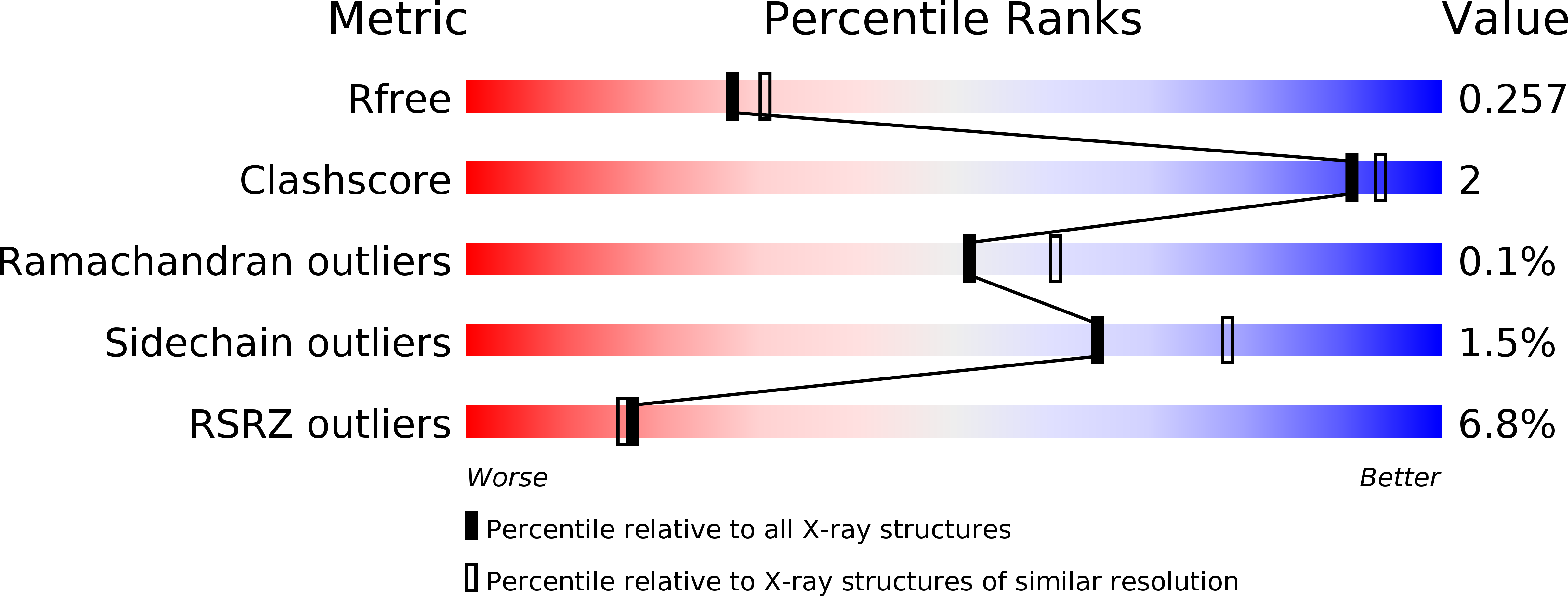
Deposition Date
2014-06-27
Release Date
2015-02-25
Last Version Date
2024-05-08
Entry Detail
Biological Source:
Source Organism:
BACTEROIDES THETAIOTAOMICRON (Taxon ID: 818)
Host Organism:
Method Details:
Experimental Method:
Resolution:
2.20 Å
R-Value Free:
0.25
R-Value Work:
0.22
R-Value Observed:
0.22
Space Group:
P 2 21 21


